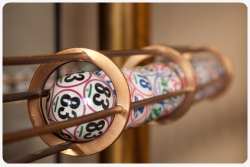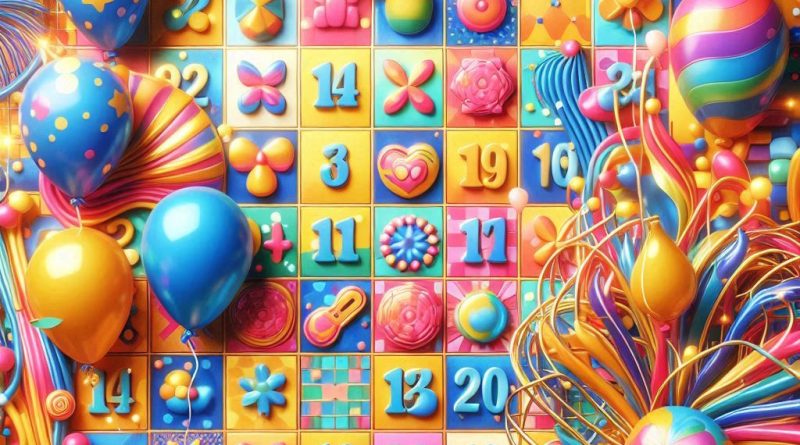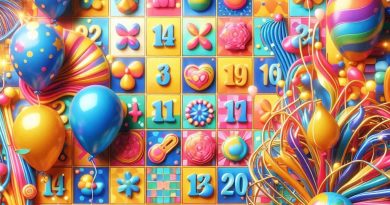Advanced Bingo – The Basics
 When mentioning bingo, you might picture older folks huddling around tables covered with bingo cards as they patiently wait for the monotonous, slow voice of a less-than-enthusiastic-sounding, number-calling announcer. While this may still go on, bingo, like other chance/luck-dependent games, has reached new levels of sophistication and opportunities.
When mentioning bingo, you might picture older folks huddling around tables covered with bingo cards as they patiently wait for the monotonous, slow voice of a less-than-enthusiastic-sounding, number-calling announcer. While this may still go on, bingo, like other chance/luck-dependent games, has reached new levels of sophistication and opportunities.
Played since the beginning of the 18th century, bingo has always had a following. Today, however, that following has grown to much larger numbers; additionally, it is now being played by younger people and professional gamers. One thing that has not changed, however, is the socializing aspect of the game; even in online Jackpotjoy bingo halls (which provide chat-room accommodations), you network while you play.
How is Bingo and Advanced Bingo Different?
The gist behind bingo has always been simple. The person who fills a row (diagonally, vertically or horizontally) yells “bingo” and, depending on how often this happens while playing, wins a prize. What advanced bingo does, however, is increase/improve the intricacy, speed, sophistication, variety, challenge, and, in some cases, the prize size/quality of the game.
Advanced bingo, because of the Internet, has made the game more exciting, faster, and more in-line with the constantly-on-the-go, Internet-dependent, mobile-device-carrying, excitement-needy, and big-prize-impressed lifestyles of younger people. The game has achieved these plateaus by, for starters, offering the following specific much-more-sophisticated playing patterns:
- Straight Line Patterns: One example is the “railroad tracks,” which is simply two full rows (vertically or horizontally) filled parallel to each other.
- Line Combo Patterns: These patterns may take the form of letters, as in a “T” pattern, simply filling the top row of numbers and the middle row, thus creating a perpendicular design.
- Letter Patterns: As the name indicates, a number of letters may be formed. This can be an “H,” or the last two outer rows in the 24 number card being filled, with a horizontal row running perpendicular to both. You get the picture—the patterns look exactly like letters
- Other popular patterns include: the “stamp” (the four numbers making a square at the corner of the card; a “kite” (a stamp with a diagonal line of numbers reaching to the opposite corner; a “snake” (starting with the second number below “B” and then zigzagging to the other number under “O”; etc.
How to Excel in Advanced Bingo
The bottom line is that many more patterns are possible with advanced bingo. That means that, while you play, you have to be sharper and more attentive (otherwise, you will miss some potential wins); it also means that you need to know the game a little bit better than in regular bingo. In fact, to excel in advanced bingo, remember to:
1. Practice before risking anything.
2. If possible, participate in games with large prizes.
3. Get to know the rules; they may be more specific and intense in advanced bingo.
4. Learn the numerous patterns that may pop up to better recognize them.
5. Have fun and keep socializing!




